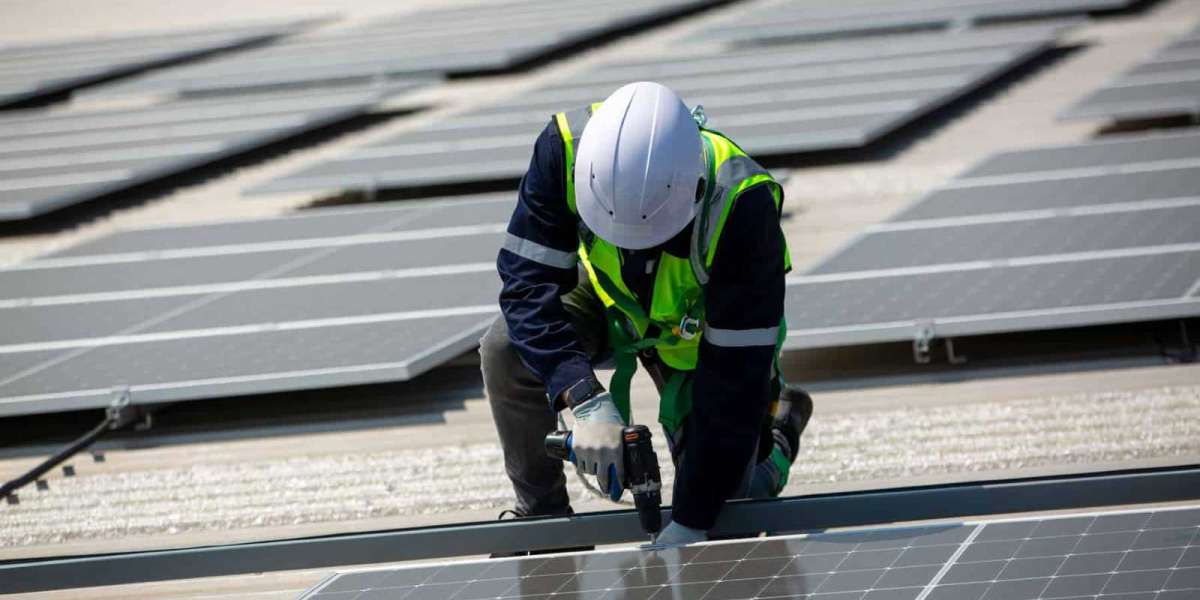Understanding and Preventing Control Valve Leaks: A Practical Guide
We are a leading control valve manufacturer in China, providing high-quality valves and control actuators customized to meet a wide range of industrial requirements.
Control valves are vital components in maintaining process control and flow efficiency across industries. Despite their robust design, control valves can eventually develop leaks due to various factors. Valve leaks can disrupt system performance, increase maintenance costs, and, in some cases, pose safety risks. This guide highlights common causes of control valve leaks and offers practical solutions to prevent and address these issues effectively.
1. Inspect for Visible Damage and Wear
Components of control valves—such as actuators, plugs, trims, or packing—are subject to wear and damage over time. Signs like cracks, corrosion, or surface degradation indicate weakening structural integrity and can lead to leaks.
Solution:
Perform regular inspections during maintenance cycles to detect visible damage or corrosion early. Selecting valves made from materials resistant to corrosion and wear—such as reinforced trims or specialty alloys—can extend valve service life, especially in harsh process environments.
2. Correct Valve Sizing
Improper valve sizing is a frequently overlooked cause of leaks. Oversized valves may reduce flow pressure, causing unstable operation and premature wear. Conversely, undersized valves can operate at maximum capacity, resulting in excessive stress and damage.
Solution:
Ensure proper valve sizing by collaborating with process engineers and using manufacturer tools or software for accurate calculations. Matching the valve size to system flow and pressure requirements is essential for optimal performance and longevity.
3. Monitor for Abnormal Noise and Vibration
Unusual noises or vibrations often signal internal valve problems, including damaged parts, flow blockages, or cavitation—the formation and collapse of vapor bubbles due to pressure fluctuations. These conditions accelerate wear and can compromise valve and piping integrity.
Solution:
Investigate abnormal sounds or vibrations promptly by inspecting the valve and adjacent piping. Address blockages or flow irregularities quickly to prevent damage. Choosing valves designed to minimize cavitation and turbulence further protects internal components and reduces leak risks.
4. Detect Erratic Valve Behavior
Irregular valve actions—such as incomplete shutoff, difficulty holding set points, or pressure fluctuations—may indicate corrosion, cavitation damage, or actuator issues, all of which can lead to leaks.
Solution:
Use high-quality valves made from corrosion-resistant materials tailored to your environment, such as stainless steel or specialized alloys. Opt for designs that facilitate maintenance, including accessible trim and replaceable packing. Regularly calibrate and inspect actuators to ensure precise and responsive valve control.
Proactive Strategies to Prevent Control Valve Leaks
Beyond addressing existing problems, implementing preventive measures significantly reduces leak risks:
Material Selection: Use valves constructed with materials suited for your process conditions, especially corrosion-resistant alloys in aggressive environments.
Valve Positioning: Install valves at optimal pipeline locations and orientations to minimize stress and allow easy maintenance access.
System Monitoring: Employ sensors to continuously track pressure, temperature, and flow rates, enabling early detection of potential valve issues.
Proper Installation and Sealing: Ensure all valve connections are correctly sealed and tightened during installation. Regularly check and replace worn seals to maintain leak-free joints.
Training and Procedures: Equip maintenance teams with proper training on valve inspection, handling, and upkeep. Establish clear maintenance protocols for timely interventions.
Conclusion
Understanding and addressing common causes of control valve leaks—such as incorrect sizing, component wear, and abnormal behavior—helps extend equipment life, reduce downtime, and enhance safety. Proactive maintenance combined with selecting valves engineered for your specific application provides robust protection against leaks. Prioritizing prevention over repairs not only saves costs but also ensures consistent, efficient operation of your control valve systems.Know more about Google SEO Directory


